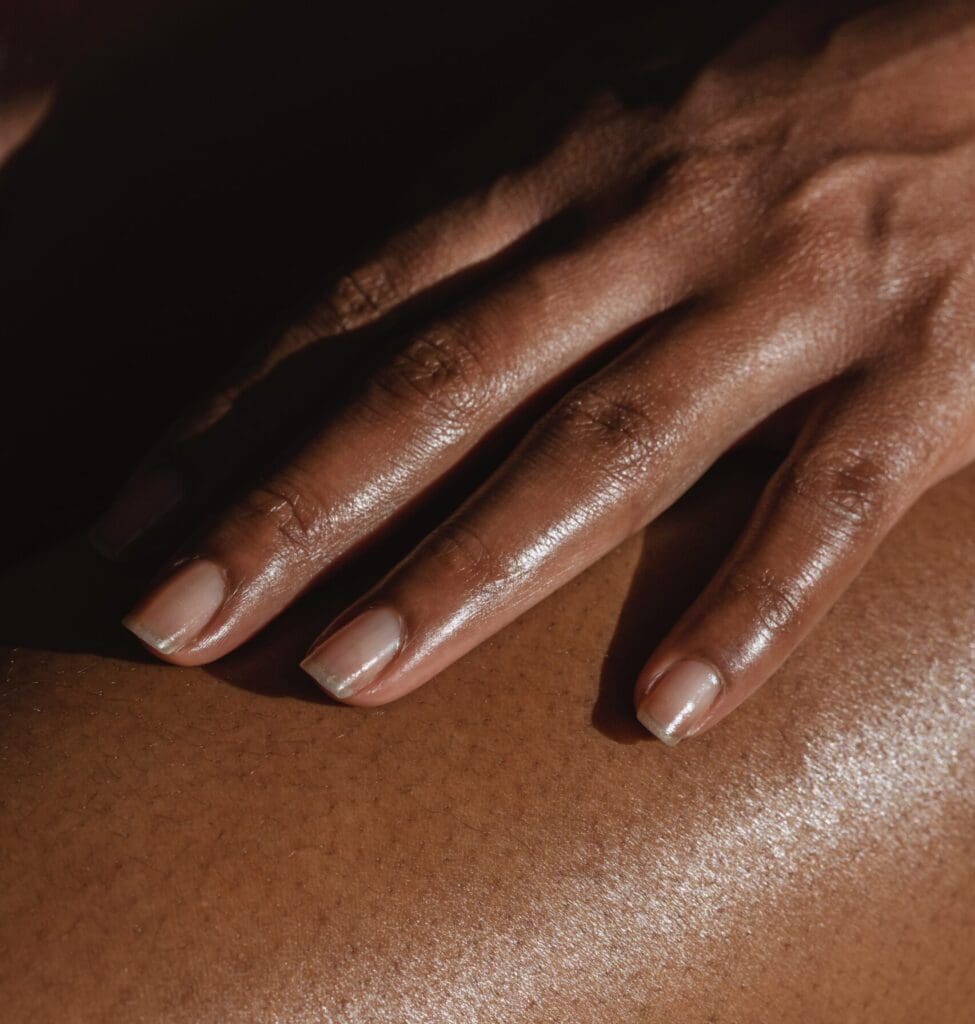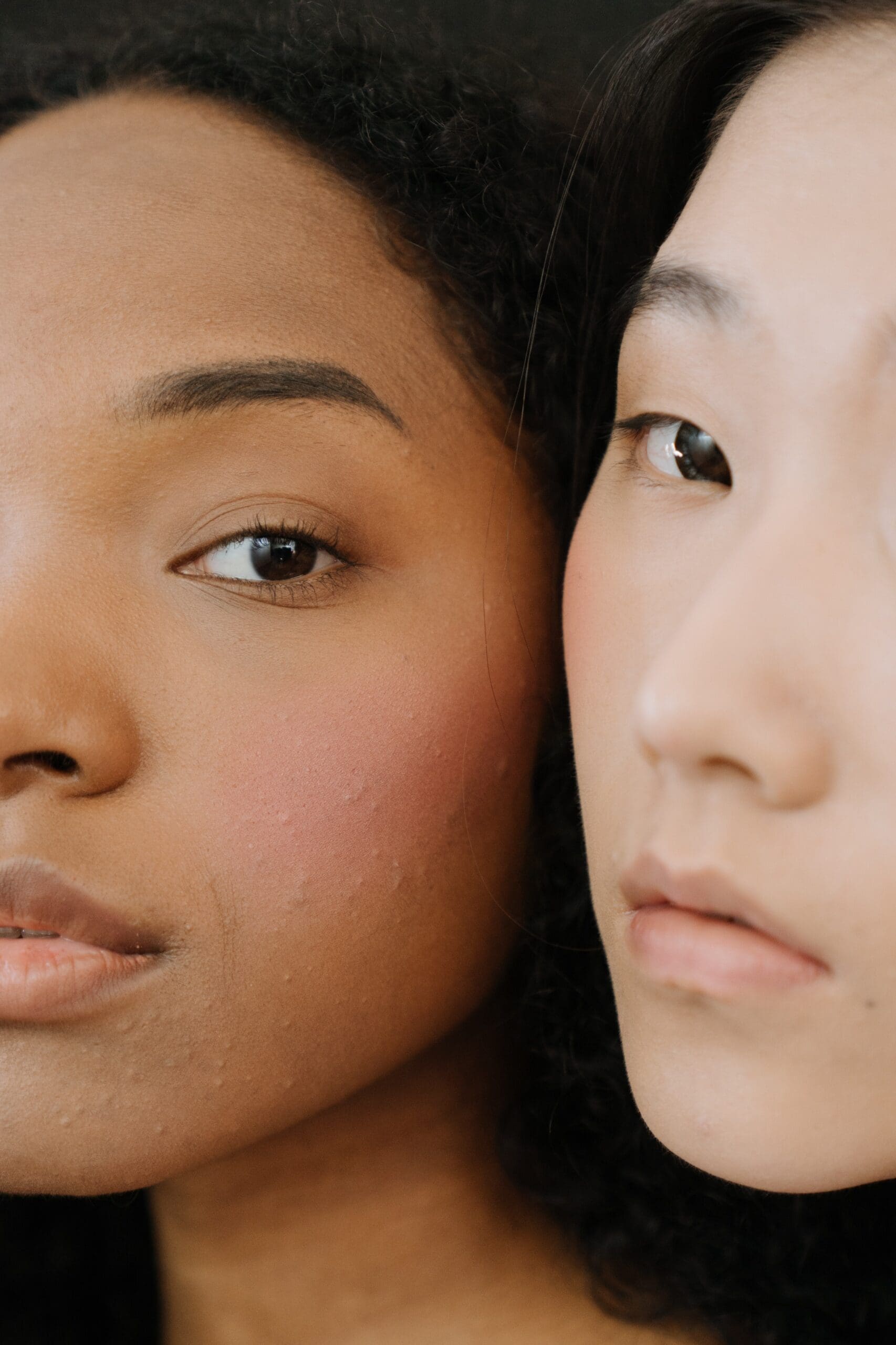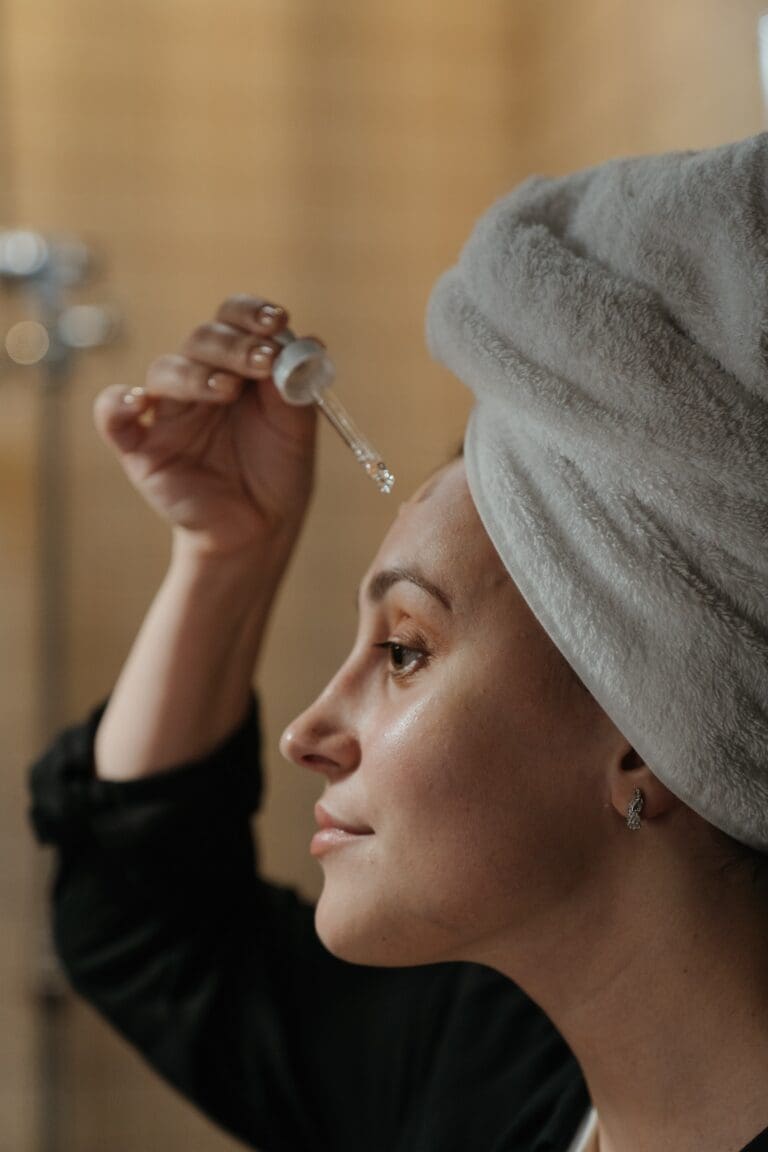Different Facial Skin Types
Understanding your skin type is essential for developing a skincare routine that works best for you. There are five primary skin types: normal, oily, dry, combination, and sensitive. Each skin type has its own unique characteristics, and it’s important to identify your skin type to choose the right products for your skin.
Many people wonder if there is a difference between men’s and women’s skin types. While there are some differences, the basic skin types are the same for both genders. However, men’s skin tends to be thicker and oilier than women’s skin due to higher levels of testosterone. Additionally, men’s skin is more prone to acne and other skin conditions.
Understanding Skin Types
When it comes to skincare, understanding your skin type is crucial. Different skin types require different approaches to keep them healthy and glowing.
Normal Skin
If you have normal skin, consider yourself lucky! This type of skin is well-balanced, meaning it’s not too oily or too dry. Normal skin has a smooth texture, small pores, and is generally free of blemishes. To keep your skin healthy, you should stick to a simple skincare routine that includes cleansing, moisturizing, and sun protection.
Dry Skin
Dry skin can feel tight, itchy, and uncomfortable. It’s caused by a lack of natural oils in the skin, which can be due to genetics, aging, or environmental factors. If you have dry skin, it’s important to use a gentle cleanser and a rich moisturizer to keep your skin hydrated. Avoid using hot water and harsh products that can strip your skin of its natural oils.
Oily Skin
Oily skin is characterized by an overproduction of sebum, which can lead to shiny skin, enlarged pores, and acne. If you have oily skin, you should use a gentle cleanser and avoid heavy moisturizers. Look for products that are oil-free and non-comedogenic, meaning they won’t clog your pores.
Combination Skin
Combination skin is a mix of oily and dry skin. Usually, the T-zone (forehead, nose, and chin) is oily, while the cheeks are dry. If you have combination skin, you should use a gentle cleanser and moisturizer that are suitable for both dry and oily skin. You may also want to use different products on different areas of your face to address specific concerns.
Sensitive Skin
Sensitive skin is easily irritated and can be caused by allergies, genetics, or environmental factors. If you have sensitive skin, you should use fragrance-free and hypoallergenic products that are gentle on your skin. Avoid using products with harsh chemicals or fragrances that can cause irritation.
Gender Differences
Yes, women’s skin is different from men’s skin. Women’s skin is thinner and more prone to dryness, while men’s skin is thicker and produces more oil. However, regardless of gender, understanding your skin type is crucial for maintaining healthy and glowing skin.

Factors Influencing Skin Types
Genetics
Your skin type is largely determined by genetics. Some people are born with oily skin, while others have dry or combination skin. Your ethnicity can also play a role in your skin type. For example, people with darker skin tend to have more oil glands and thicker skin than those with lighter skin.
Environment
Your environment can also affect your skin type. If you live in a dry climate, your skin is more likely to be dry. If you live in a humid climate, your skin is more likely to be oily. Exposure to the sun can also affect your skin type. Overexposure to the sun can lead to premature aging and dryness.
Lifestyle
Your lifestyle can also affect your skin type. Smoking, for example, can cause your skin to become dry and wrinkled. Diet can also play a role in your skin type. Eating a diet high in processed foods and sugar can lead to acne and other skin problems.
Age
As you age, your skin type can change. As you get older, your skin becomes thinner and less elastic, which can lead to dryness and wrinkles. Hormonal changes can also affect your skin type. Women, for example, may experience changes in their skin type during pregnancy or menopause.
Overall, there are a number of factors that can influence your skin type. By understanding these factors, you can take steps to care for your skin and keep it looking healthy and radiant.
Differences Between Men and Women’s Skin
Thickness
Men’s skin is typically thicker than women’s due to higher levels of testosterone. On average, men’s skin is about 25% thicker than women’s. This difference in thickness can affect how easily the skin absorbs products and how prone it is to wrinkles and fine lines.
Oil Production
Men’s skin produces more oil than women’s due to higher levels of androgens. This can make men more prone to acne and other skin issues. Women, on the other hand, are more likely to have dry skin due to hormonal changes throughout their menstrual cycle and menopause.
Sensitivity
Women’s skin is generally more sensitive than men’s due to a thinner stratum corneum, the outermost layer of skin. This can make women more prone to irritation and allergic reactions. Men’s skin is typically less sensitive, but they may still experience sensitivity due to shaving or other activities that can cause skin irritation.
Aging
Both men and women’s skin ages over time, but there are some differences in how this process occurs. Men’s skin tends to age slower than women’s due to higher levels of collagen and elastin. However, men are more likely to develop deeper wrinkles and fine lines due to sun exposure and other environmental factors. Women, on the other hand, are more likely to experience a loss of volume and elasticity in the skin, leading to sagging and a more aged appearance.
It’s important to remember that everyone’s skin is unique. It’s important to take care of your skin by using products that are appropriate for your skin type and protecting your skin from sun damage and other environmental factors.

Knowing Your Skin Type
Knowing your skin type is essential to maintain healthy and glowing skin. It helps you choose the right skincare products and treatments that are suitable for your skin. Using the wrong products can cause irritation, breakouts, and other skin problems.
Choosing the Right Products
Different skin types require different products. For instance, if you have oily skin, you need to use products that control oil production and prevent breakouts. On the other hand, if you have dry skin, you need to use products that hydrate and moisturize your skin. Using the wrong products can cause more harm than good.
Preventing Skin Problems
Knowing your skin type can help you prevent common skin problems like acne, dryness, and sensitivity. By using products that are tailored to your skin type, you can avoid irritation and breakouts.
Saving Money
Using the wrong products can be a waste of money. By knowing your skin type, you can avoid buying products that don’t work for you. Instead, you can invest in products that are effective and beneficial for your skin.
Understanding Your Skin’s Needs
Knowing your skin type helps you understand your skin’s needs better. For instance, if you have sensitive skin, you need to avoid products that contain harsh ingredients. If you have aging skin, you need to use products that target fine lines and wrinkles.
Gender Differences
Women’s skin is different from men’s skin. Women’s skin tends to be more sensitive and prone to dryness, while men’s skin is oilier and thicker. However, the basic skin types (normal, oily, dry, and combination) are the same for both genders.
How to Determine Your Skin Type
Determining your skin type is the first step in creating a skincare routine that works for you. Here are some simple steps to help you determine your skin type:
Step 1: Wash Your Face
Start by washing your face with a gentle cleanser and patting it dry with a clean towel.
Step 2: Wait an Hour
Wait for an hour, allowing your skin to return to its natural state. This will give you a more accurate assessment of your skin type.
Step 3: Assess Your Skin
Assess your skin by looking and feeling for the following characteristics:
- Dry skin: feels tight and rough, with flaky patches
- Oily skin: appears shiny and feels greasy to the touch
- Combination skin: has both dry and oily areas, with the T-zone (forehead, nose, and chin) being oily and the cheeks being dry
- Normal skin: has a balanced texture, with no excess oil or dryness
Step 4: Determine Your Skin Type
Based on the characteristics you observed, determine your skin type. Keep in mind that your skin type may change over time due to factors such as age, hormones, and weather conditions.
Step 5: Adjust Your Skincare Routine
Once you have determined your skin type, you can adjust your skincare routine accordingly. For example, if you have dry skin, you may want to use a heavier moisturizer, while those with oily skin may benefit from a lightweight, oil-free moisturizer.
Remember that everyone’s skin is unique, and what works for one person may not work for another. It may take some trial and error to find the right products and routine for your skin type.








